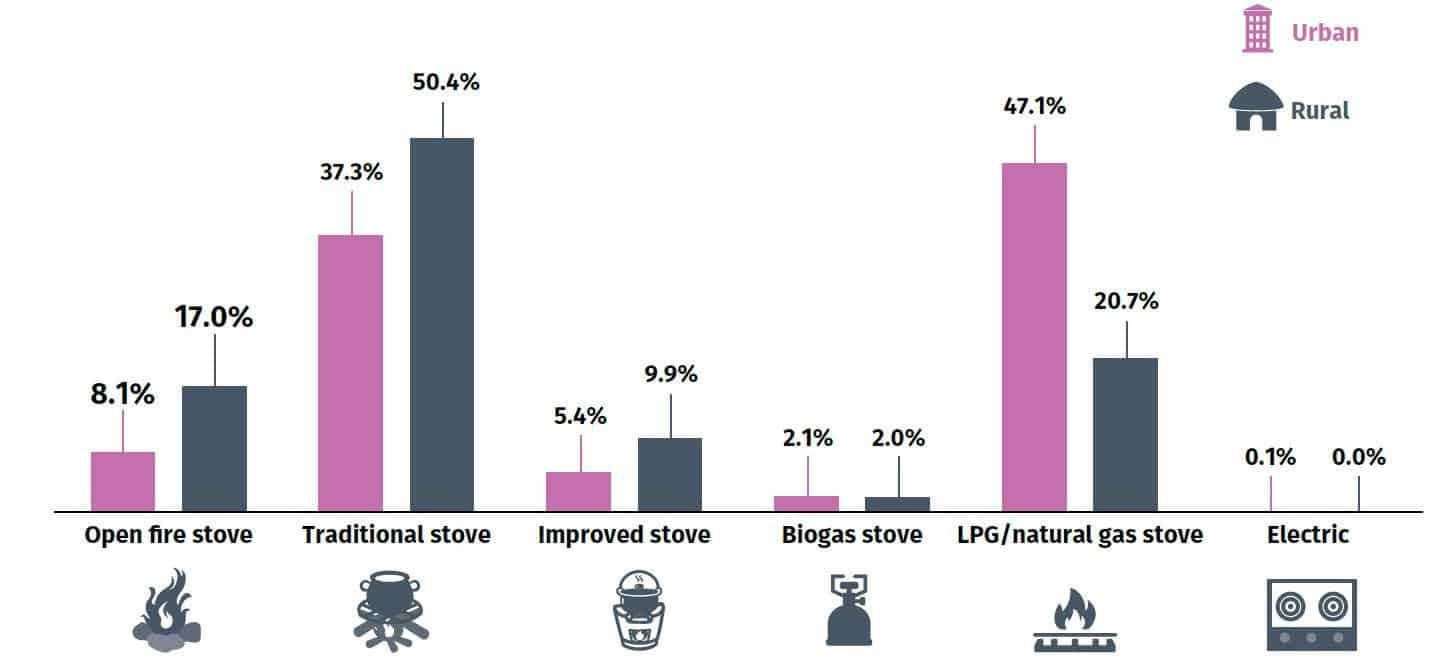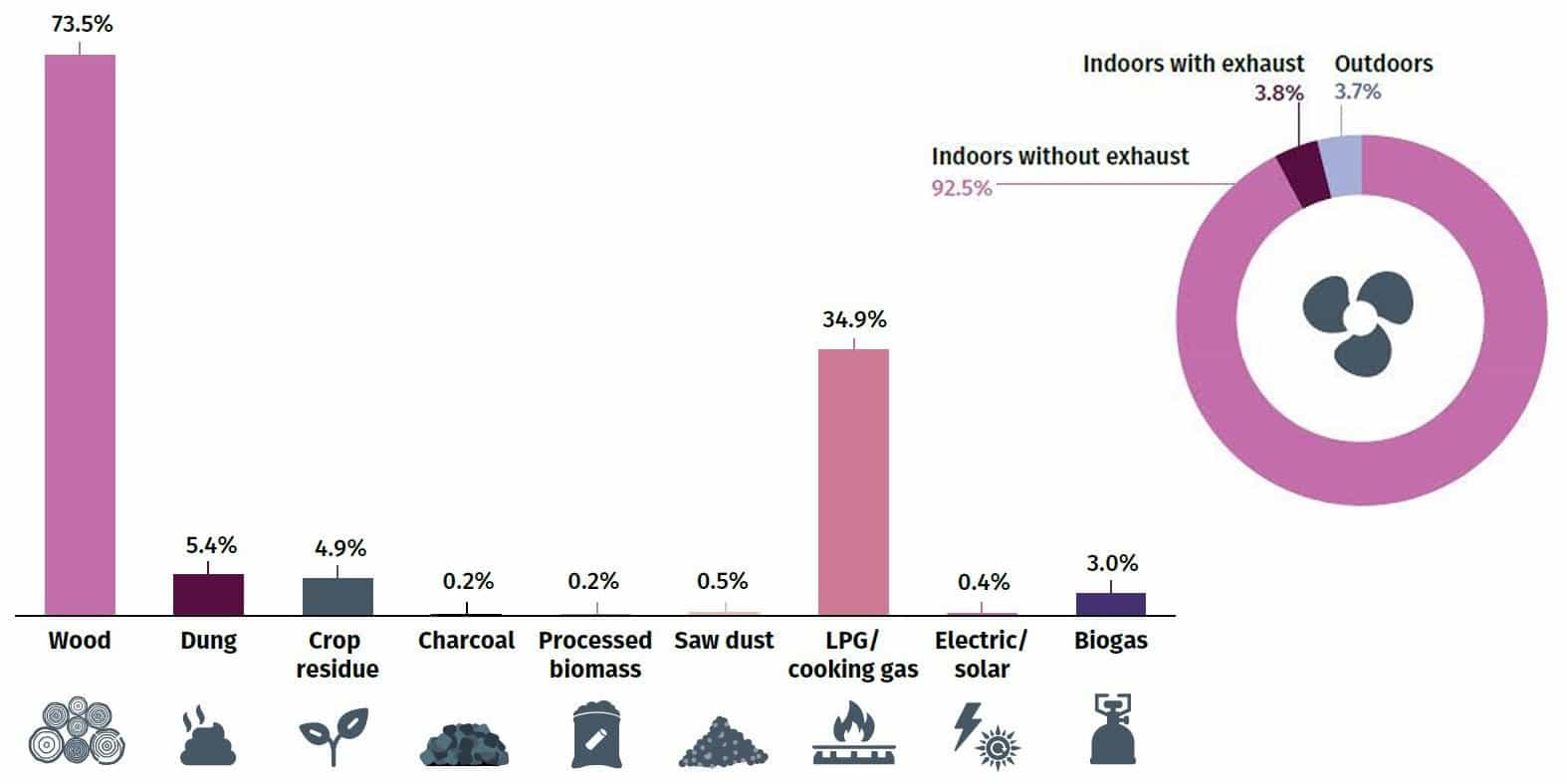Health
Presentation for Communities (ENG)
This presentation is used to explain to future beneficiaries the health benefits of a smokeless kitchen and also to explain how they should collaborate in its installation.
Health
After many years of experience building seismic-resistant homes in rural Nepal, Awasuka has found that there is a much more serious problem: the smoke in the kitchens, also known as the “silent killer”. Household air pollution (HAP) causes noncommunicable diseases including stroke, ischaemic heart disease, chronic obstructive pulmonary disease (COPD) and lung cancer. These lung diseases may increase the transmission and severity of viral infections as coronavirus.
While the earthquake killed 9,000 people in 2015, toxic fumes from kitchens prematurely kill 24,000 people each year. Especially women and children (WHO 2019). That is why Awasuka has focused its priority on the installation of kitchens with chimneys, as an optimal solution to eradicate smoke from kitchens.
During 2019, Awasuka and Practical Action collaborated in the installation of 333 chimneys in Makawanpur District. In 2020, Awasuka is collaborating with El Camí de la Solidaritat to install 500 more chimneys and to be able to scale the project to more areas of Nepal. Smoke eradication in kitchens contributes to three UN SDGs
(Sustainable Development Goals): 
The total price of a kitchen with chimney (including materials, manufacture and installation) is 100 Euros. Families pay 10% of this total amount and also collaborate in its construction: they collect the necessary materials for the improved cooking-stove (stones, water and clay) and transport the metal sheets from the closest motorable road to their homes.
The installed model was designed by Practical Action 10 years ago, in collaboration with Bosch-Siemens and the Bundeswehr University, Germany. They were later tested and refined in the field and finally Awasuka introduced some additional improvements. Each smokeless kitchen includes:

The operation of this set is highly optimized: more than 90% of the indoor smoke is expelled to the outside, creating a clean and healthy environment inside, where mothers and children can cook without suffering the effects of the smoke in their health. The reasons for choosing this type of cuisine for remote rural areas are as follows:

Education of household head by gender 1

Distribution of primary stoves (urban-rural) 1

LEFT: Fuel penetration rate: share of households using a type of fuel (nationwide) – RIGHT: Ventilation structure and cooking location 1
1 Nepal beyond Connections – Energy Access Diagnostic Report 2019, MTF, World Bank, ESMAP, SRED.
Smokeless Kitchens, with Practical Action
Smokeless Kitchens Installation, Hareram 20”
Smokeless Kitchens Installation, Hareram 10”
Installed during 2019 in the rural municipality of Bhimphedi.